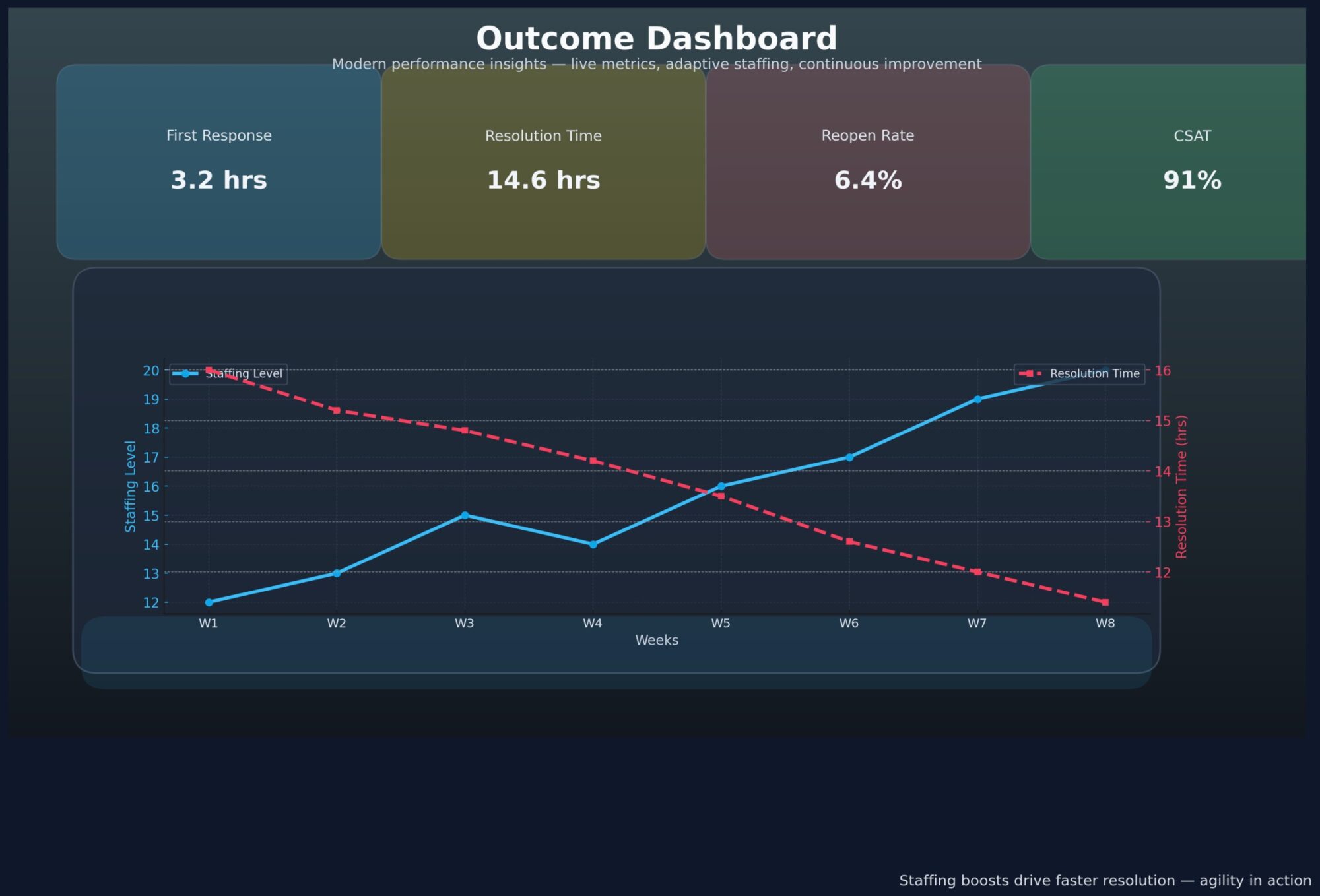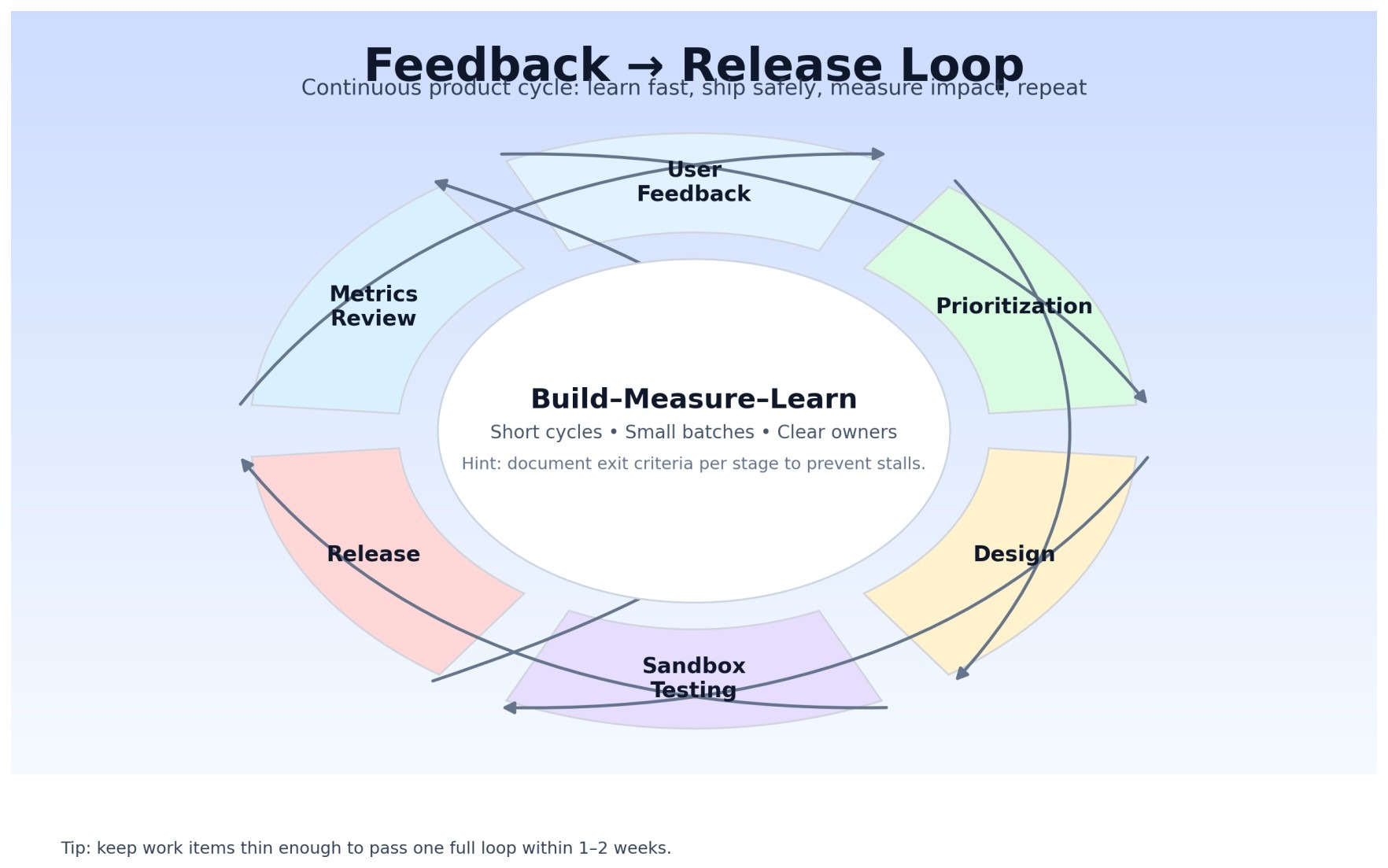Modern organizations don’t win with software alone; they win with clean data, humane processes, and relentless iteration. Your case management system is the nerve center where all three intersect. When it’s configured with intention, people move faster, context travels with the work, and outcomes improve in ways that are measurable and repeatable. When it’s neglected, the same application becomes a maze of ad-hoc fields, brittle automations, and reports that only describe the past. The difference is not magic; it’s disciplined design and continuous improvement that align the platform to the real problems your teams and customers face.
A well-built case management system transforms data, process, and collaboration into measurable progress. It connects people, workflows, and outcomes through structured records and clear accountability. When designed intentionally, it prevents bottlenecks, improves compliance, and reveals performance trends in real time. The best case management systems evolve with their users, combining automation, analytics, and governance to deliver faster resolutions, consistent quality, and trust at scale.
Start With the Promise the Case Represents
Start with the problem the platform exists to solve. A case is a promise to investigate, resolve, or deliver something that matters to a client, a patient, a citizen, or an internal stakeholder. A great case management system protects that promise by capturing every relevant signal once, placing it in the right structure, and guiding the next best action without forcing people to fight the tool. That means you define the domain language, tighten the data model, and map the journey before you turn on any automations, dashboards, or AI.
Vocabulary First: Build a Shared Language

The first foundation is vocabulary. If teams don’t agree on what “priority,” “severity,” “root cause,” or “resolution” mean, the platform will encode confusion at scale. Establish short, unambiguous definitions and connect them to field options inside the case management system so that every choice aligns with shared understanding. You aren’t seeking philosophical perfection; you’re enabling consistent analytics and fair work distribution. When the same inputs always mean the same thing, triage gets faster, escalations become rarer, and people can trust what they read in the record without double-checking in chat.
Record Design: Every Field Must Earn Its Place
The second foundation is record design. Every data element should earn its place. Ask what decision this field supports, who supplies the value, and how often it changes. Minimize free-text where structured choices will do, but leave generous notes where human nuance matters. When you decide that a field is mandatory, also decide the path of least resistance to fill it in. If you can infer a value from context, do it. If you can validate input at creation, do it. Your case management system should become a helpful form of memory—one that remembers the details people forget and prevents contradictions before they appear.
Intake That Maps to Reality
Intake is where reality first meets structure. Design intake so the requester’s language maps cleanly onto your taxonomy. Use dynamic forms that show only relevant questions, attach artifacts at the moment of capture, and pre-assign ownership to queues that actually respond. Build guardrails that prevent duplicate cases, and create soft-locks that nudge people to search before they submit. Your case management system should reduce noise at the source, not merely route it later.
Triage Where Time Multiplies
Triage is where time multiplies. A minute saved here is an hour rescued downstream. Define a simple, defensible priority formula that blends impact, urgency, and risk into a single score, and make it visible on every screen. Automate first-touch actions like acknowledgment messages, routine data enrichment, and initial categorization. Keep escalation paths obvious and reversible. When the platform can classify ninety percent of cases correctly using rules and light ML, your specialists regain the cognitive space to focus on judgment and exception handling within the case management system.
Workflows as Readable Motion
Workflows convert policy into motion. Build them as a series of small, testable steps rather than one grand, fragile sequence. Use explicit states like “New,” “In Review,” “Waiting on Customer,” “Blocked,” and “Resolved,” and define the allowed transitions between them. Every transition should have a purpose: a notification, a field update, a timer, a policy check. Avoid hidden side effects. When people and auditors can read the workflow as easily as a transit map, your case management system becomes a transparent engine that’s easy to tune rather than a black box that people fear to touch.
Guard Time With State Timers

Timeboxes protect momentum. For each state, decide what “too long” means and attach a timer that triggers a gentle prompt, then a supervisor alert, then an escalation. Combine timers with working hours and holiday calendars so the system measures actual wait time, not just clock time. Use the same timers to fuel analytics, showing where handoffs stall and where staffing doesn’t match demand curves. A case management system earns trust when it measures what matters and surfaces problems before customers do.
Strengthen the Seams Between Teams
Quality lives in the seams between teams. Whenever a case crosses a department boundary, pre-define the data package that must accompany it, including structured fields, relevant documents, and a crisp summary written for the next role. Do not force the receiving team to reread the entire history to understand the ask. Train the system to generate a handoff brief automatically, and let humans edit it for nuance. Your case management system should also keep a clean audit trail of who changed what, when, and why, so disputes can be resolved with facts instead of memory.
Security and Privacy as Daily Operations
Security and privacy aren’t optional; they are operational. Classify your cases by sensitivity level and bind field-level access rules to those classifications. Separate what the requester can see from what internal teams must maintain. Encrypt at rest, encrypt in transit, and log access with retention policies that map to regulation. Use role-based permissions that match the principle of least privilege and revisit them quarterly. A compliant case management system is not a brake on speed; it is the guardrail that keeps the entire highway safe at scale.
Analytics That Tell an Outcome Story
Analytics should tell a story about outcomes, not vanity. Start by defining the few metrics that capture value: time to first response, time to resolution, reopen rate, first-contact resolution, handoff count, backlog age, and customer-reported satisfaction. Build a small set of leader dashboards for trend lines and a deeper investigator workspace for root-cause analysis. Link every metric to behaviors people can control. If a number moves, the team should know which habit to adjust. A case management system that aligns measures to behaviors turns charts into instructions rather than curiosities.

Automation as Leverage, Not License
Automation is leverage, not license. Before you script a bot, confirm the process is stable, the data is clean, and the exception path is humane. Use automation to remove swivel-chair tasks like data enrichment, duplicate detection, and templated communications. Keep humans at the decision points that shape ethics, policy, or reputation. When automation is explainable and reversible, trust grows. When it’s obscure and irreversible, fear grows. Use your case management system to make automation a teammate that carries load and returns evidence, not a mystery that quietly mutates your data.
AI With Supervision and Audits
AI deserves the same discipline. Generative summaries can shorten onboarding and accelerate context-sharing between shifts. Classification models can route cases more accurately than hand-built rule sets when categories are many and overlapping. But models drift, edge cases accumulate, and fairness matters. Monitor performance in production, run periodic audits on sensitive labels, and give users a “show your work” button that reveals the evidence behind a suggestion. A responsible case management system treats AI as an assistant that must be supervised, measured, and improved like any other contributor.
Treat Change as a Product
Change management is the quiet superpower. Every improvement should ship with a short narrative: the pain it addresses, the behavior it asks for, how to perform it, and what success looks like. Leaders should rehearse the message, frontline teams should get hands-on practice in a safe sandbox, and feedback should feed a backlog ranked by impact and effort. Celebrate the small wins so people see the loop between feedback and fixes. A case management system that evolves with its users becomes a place of craft, not just a place of record.

Integrations That Make the Platform a Hub
Integration turns the platform into a hub instead of a silo. Connect identity platforms for single sign-on, document repositories for source-of-truth files, notification tools for timely nudges, and financial or clinical systems for authoritative data. Use event-driven patterns where possible so updates move in near real time. When the right data appears in the right place without manual stitching, the case management system becomes a shared reference that reduces meetings and clarifies ownership.
Scale Through Governance and Housekeeping
Scalability is not only about servers; it is about governance. As volumes grow, retire dead fields, archive stale categories, and re-balance queues. Create a quarterly housekeeping ritual where you prune what no longer serves the mission. Performance tuning matters, but so does cognitive load. By keeping the surface area lean, you make it easier for new colleagues to learn, for automations to stay reliable, and for analytics to remain honest. A disciplined case management system is smaller than you think, but sharper than you expect.
Documentation as Part of the Product
Documentation is part of the product. Keep it living, searchable, and written in the tone you want your service to embody—clear, direct, and respectful. Embed the docs where the work happens with contextual tips, not just in a separate wiki. Record short screen videos for nuanced steps and keep “known issues” pages up to date. When people can self-serve answers in the moment, your case management system gains momentum without overloading senior staff.
Close the Loop With Reality Checks
Finally, close the loop with periodic, reality-based reviews. Invite a few recent requesters to describe their experience in their own words. Shadow frontline agents for an hour and observe where the tool resists natural work. Pull five random cases and ask whether the audit trail alone can explain the outcome. Share the findings with the whole team, then choose one change to ship this week, not ten changes to study for a quarter. The best case management system is just a practice, repeated relentlessly, guided by the voices of the people it serves.
The Mirror Effect: A Quiet Conclusion
Your platform is a mirror. It will reflect whatever habits your organization holds, good or bad. When you establish clear language, intentional structures, teachable workflows, and analytics tied to behaviors, the mirror starts showing a team that keeps promises at scale. That is the quiet power of a case management system done well: less drama, clearer ownership, faster resolutions, and evidence you can stand on.
Andrea Balint is a writer and researcher focused on human behavior, workplace psychology, and personal growth. Through her work at CareersMomentum, she explores how mindset, leadership, and emotional intelligence shape modern careers. With a background in communication and HR development, she transforms complex ideas into practical insights that help readers build clarity, confidence, and professional purpose.
